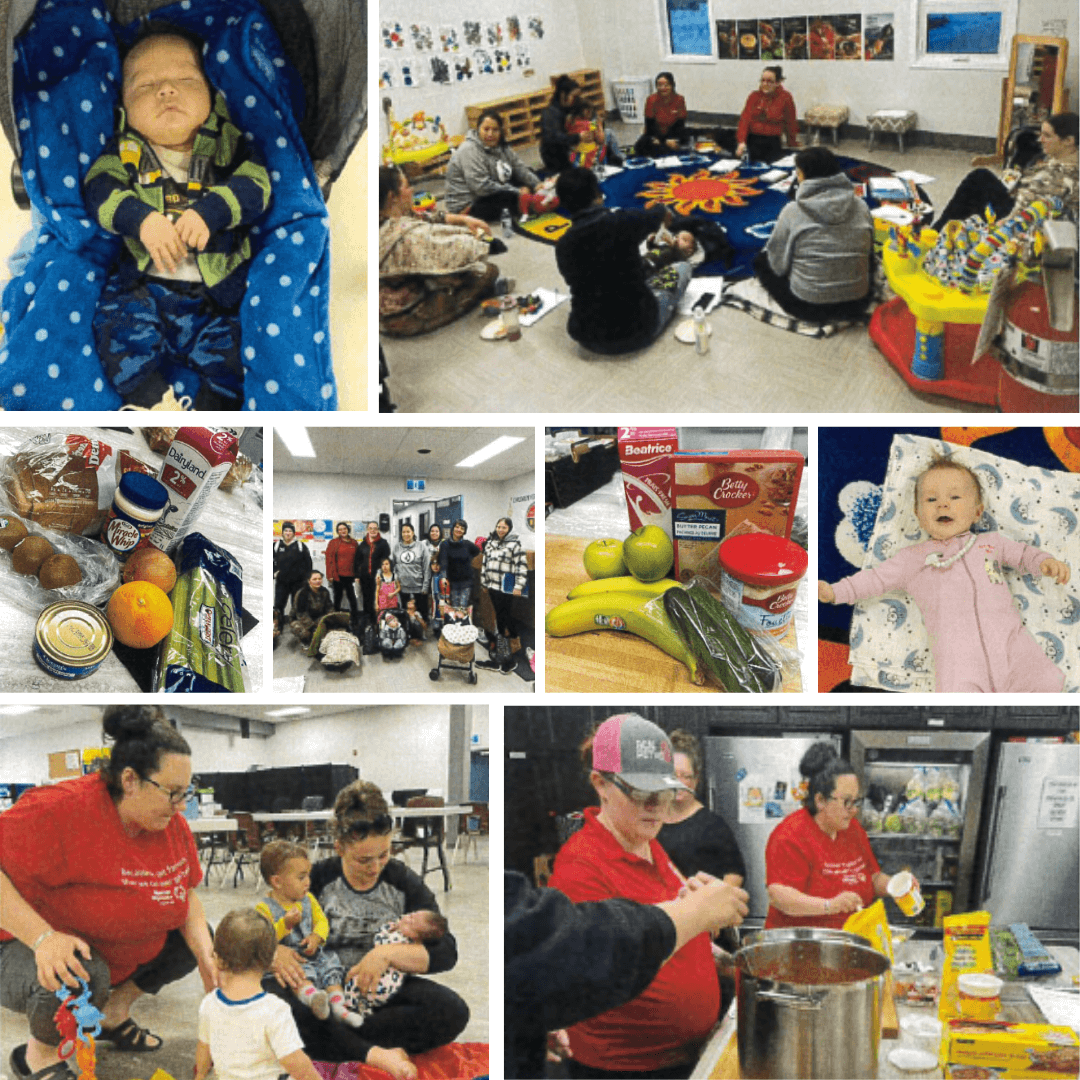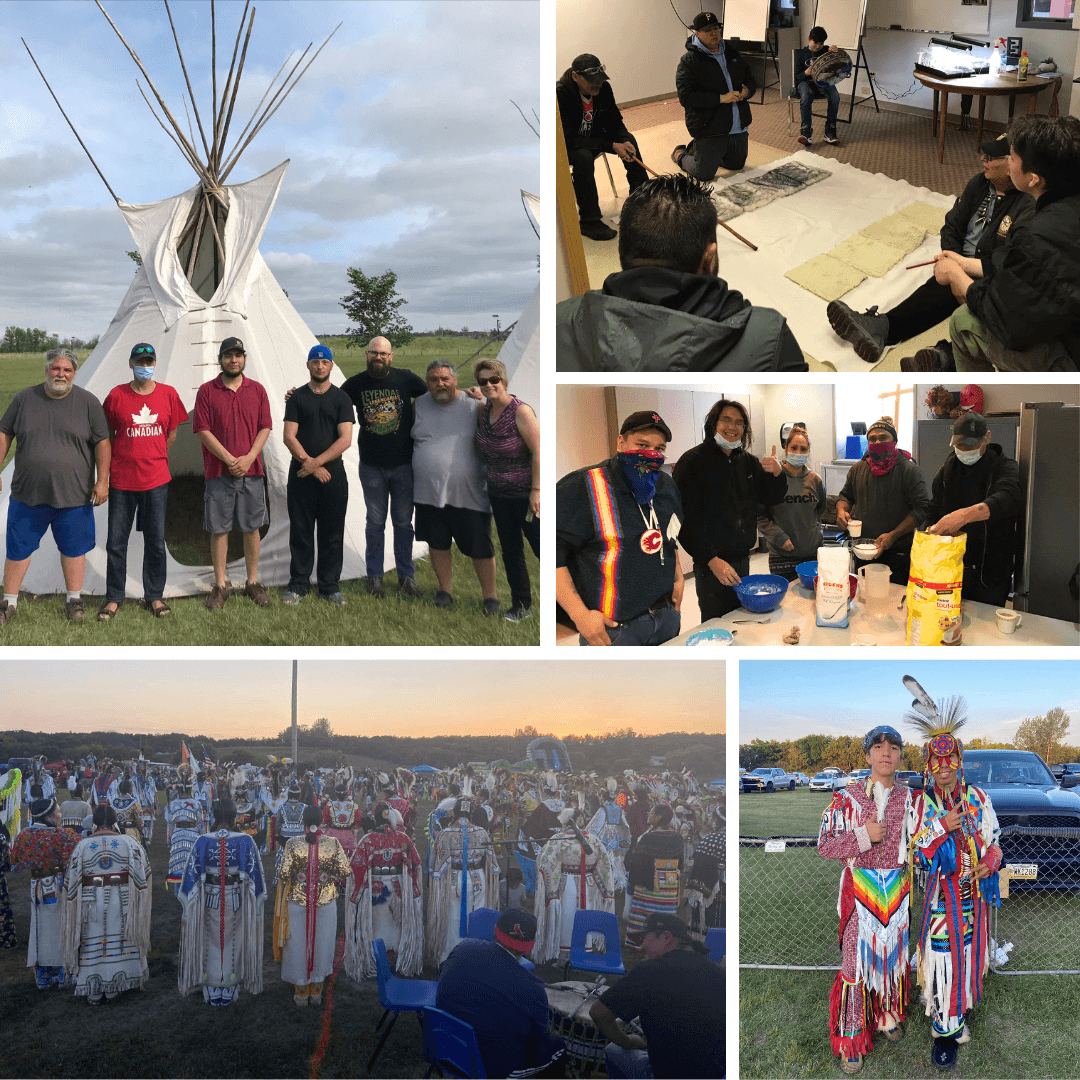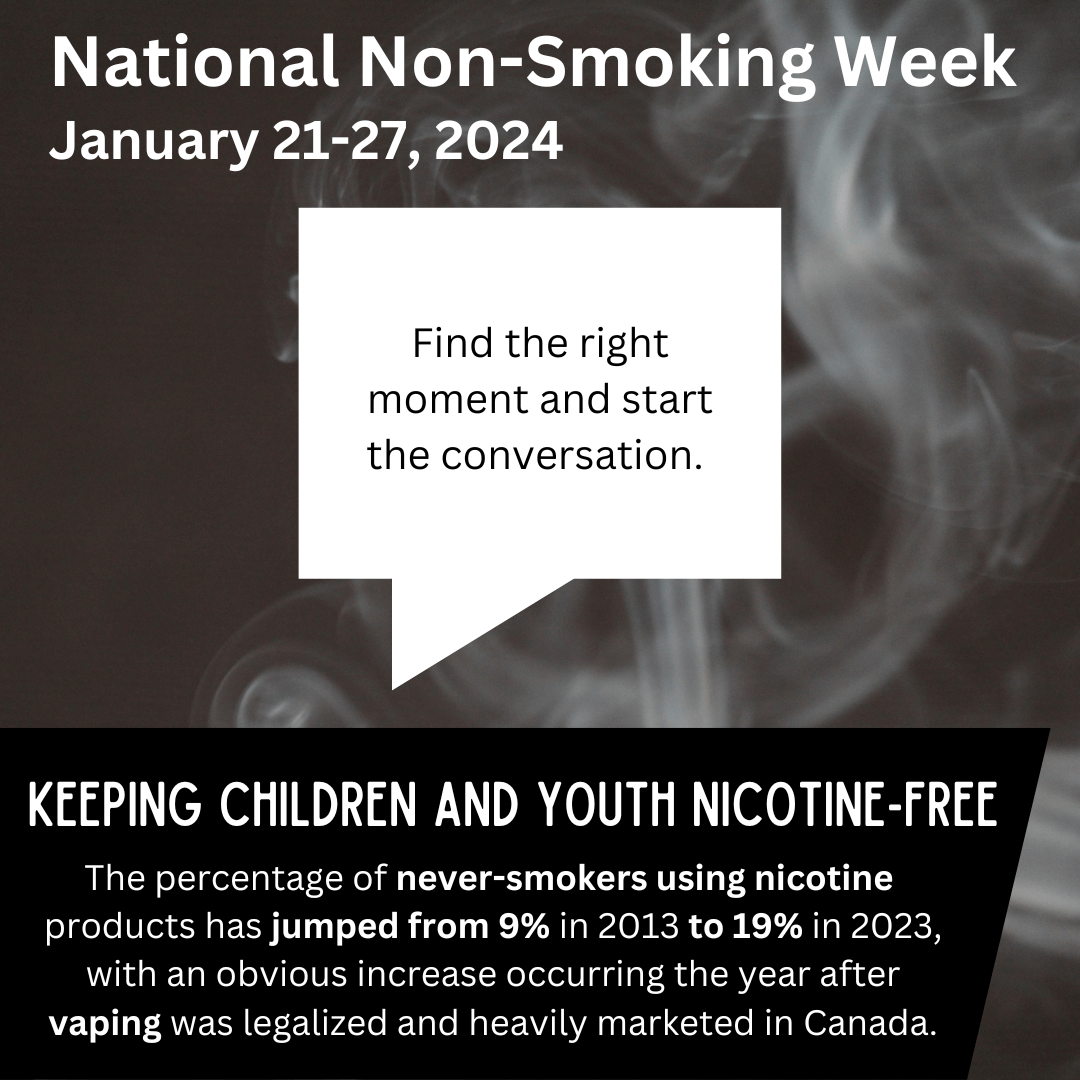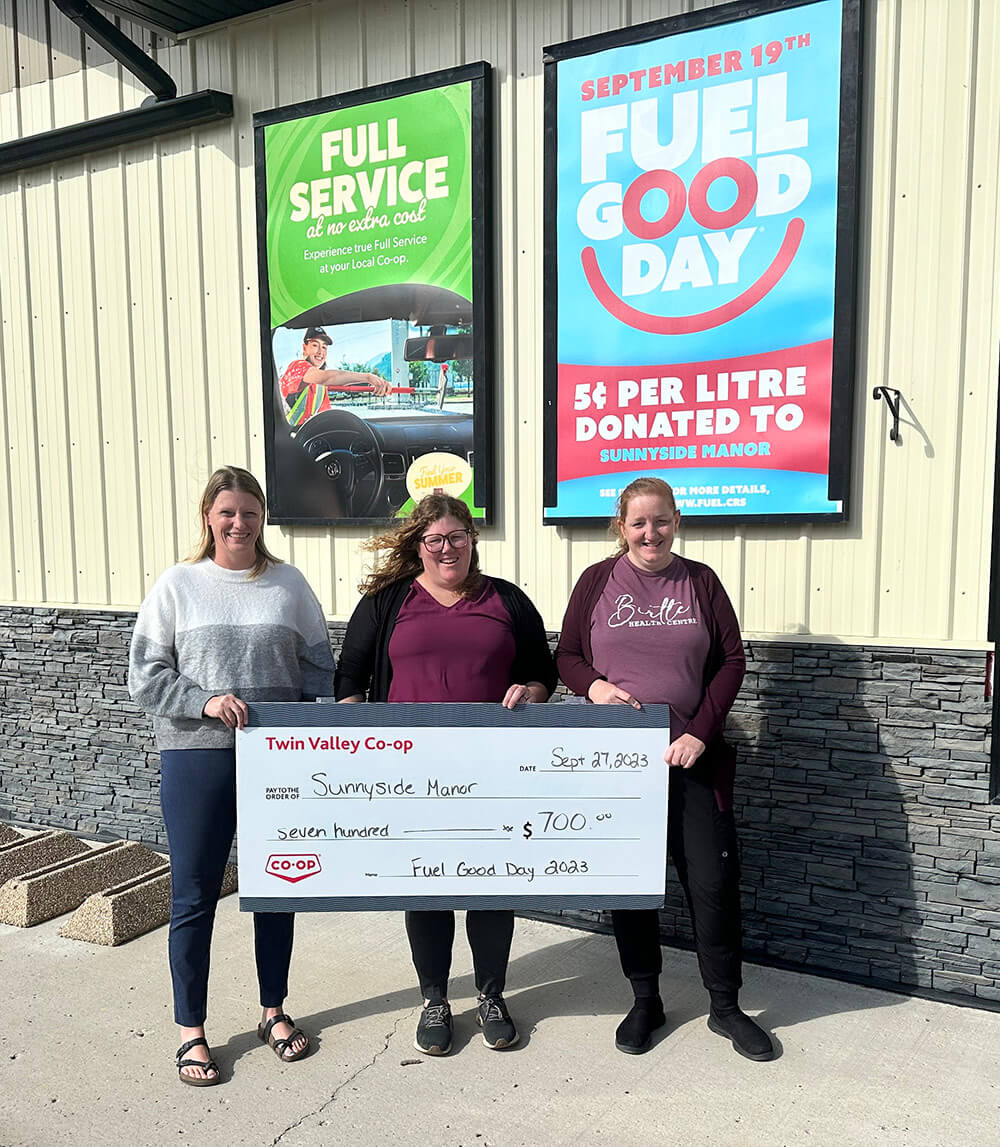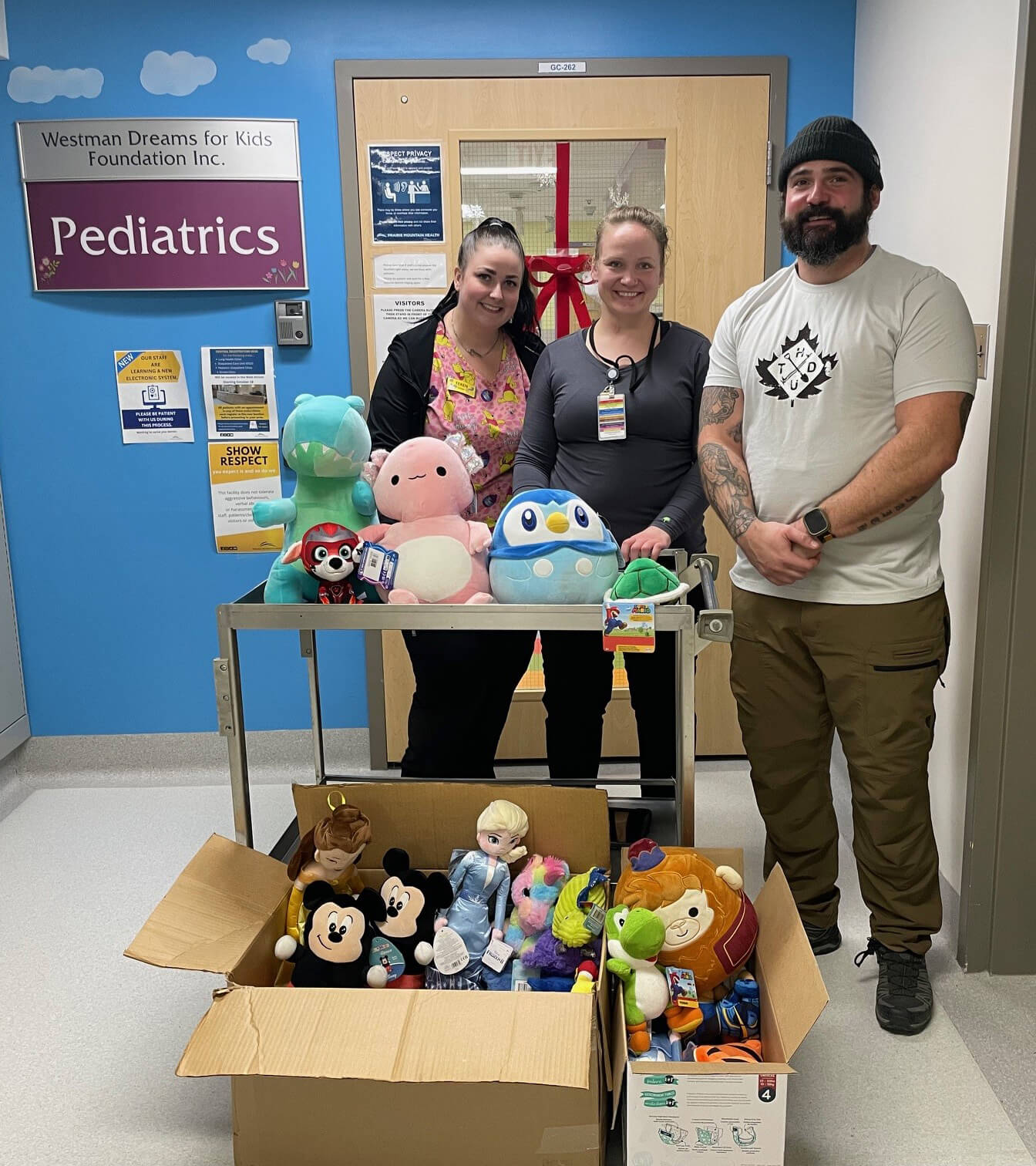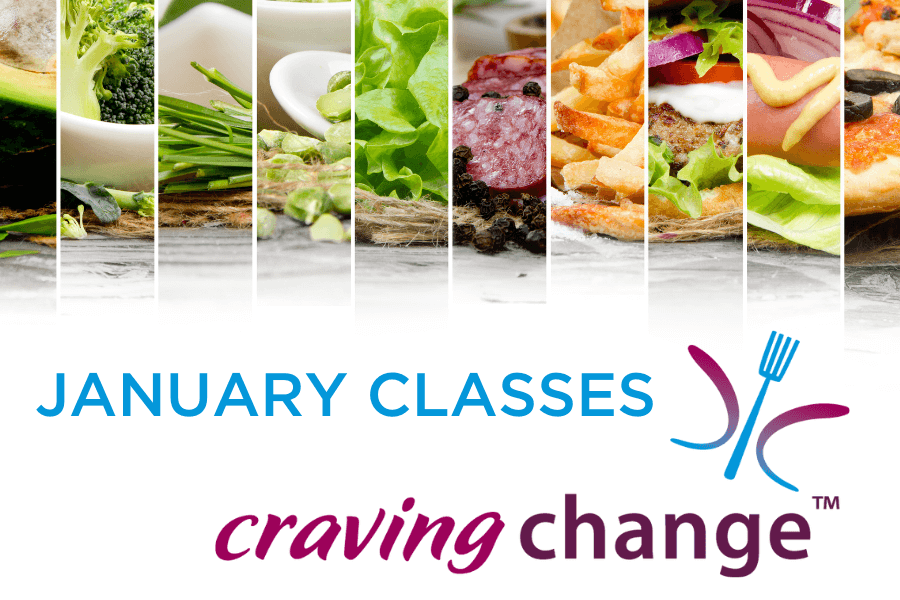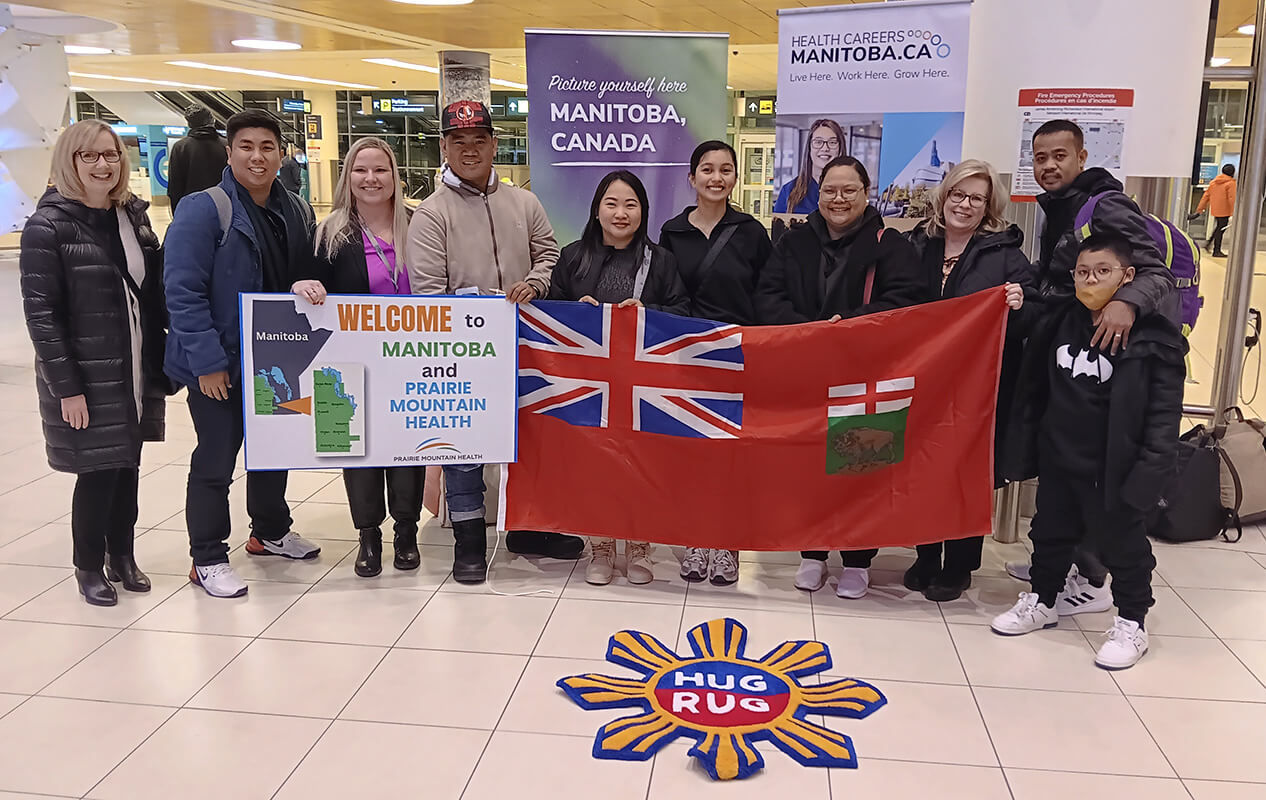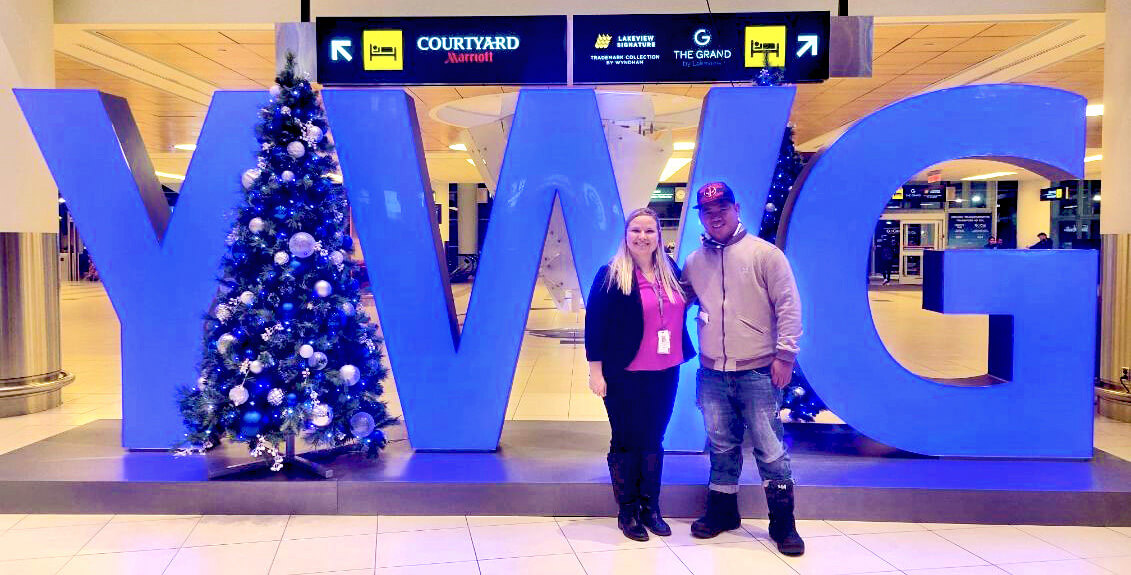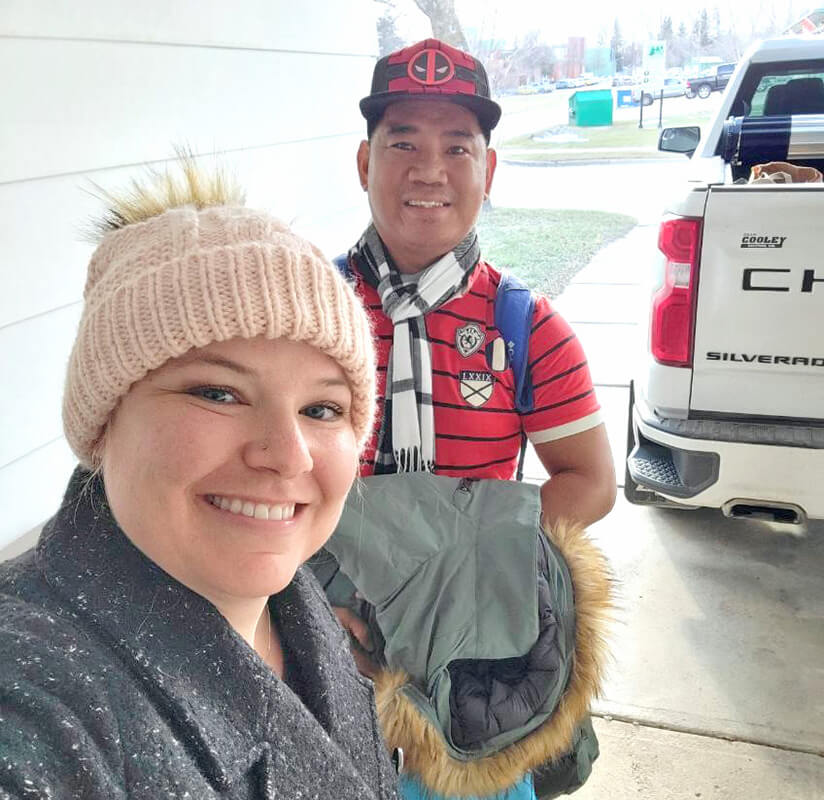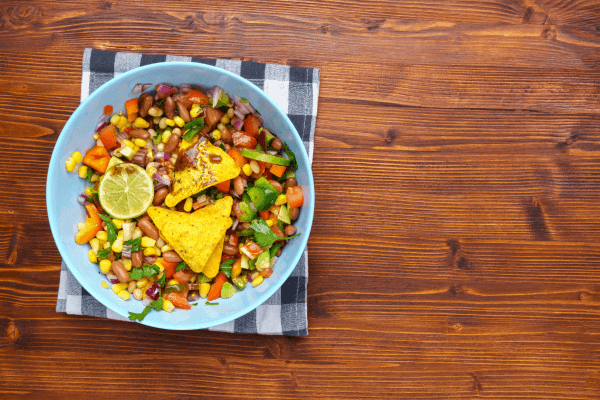Good Food For A Good Mood
Written by Candy Irwin
Well, who knew? Eating cookies for breakfast is A-OK! As a matter of a fact, it’s a ‘thing!’ There’s a proviso, though. (Of course, there is)! A breakfast cookie (or two), mindfully chosen, provides a whole lot of nutrition – loads more than a simple piece of whole grain toast!
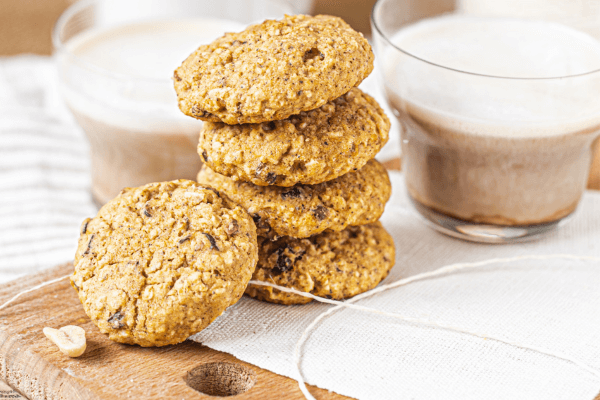
As an example, everyone present at ”Good Food For A Good Mood,’ jointly presented by the Municipality of Harrison Park Age Friendly Initiative Committee (HPAFIC) and Prairie Mountain Health (PMH), sampled a Pumpkin Cookie that required no special or unusual ingredients.
Each bright orange cookie included carotenoids, betacarotene, lutein and zeaxanthin, all powerful nutrients for the health of our eyes. Additionally, the recipe invited you to make the cookies ‘your own’ with the inclusion of dried fruit and nuts, seeds or dark chocolate chips.
Then (are you ready for this?), we washed it down with a mug of steaming hot coffee, which is good for your brain health! (Really)!
So, on that Monday afternoon at the Sandy Lake Drop-In Centre, Chantal Morais, Registered Dietitian with PMH Community Health Promotion, focused on having a healthy relationship with food, most definitely eschewing fad diets of every description.
“Normal eating,” she said, “is welcoming all foods without guilt or fear.”
“So many things can influence our food intake – shortness of time (ie. Grab a bite and run.), loneliness, budget, what’s available at certain times of the year and so on.”
Morais’ advice to us all is to eat ‘mindfully,’ as often as we reasonably can. ‘Mindful eating’ is, in part, defined as “choosing to eat food that is both pleasing to you and nourishing to your body and using all your senses to explore, savour and taste,” which, by the way is difficult, if not impossible, to do in front of the television. Tsk. Tsk.
To punctuate this, we all sampled a prepared-on-site ‘Raspberry-Spinach Twist Smoothie,’ which included milk, raspberry yogurt, raw spinach, unsweetened frozen raspberries, ground flax seeds and vanilla.
“No flax seeds? Well, don’t worry,” said Morais. “Don’t put them in!” Don’t have any raspberries? No worries. Substitute with any berries you have on hand. (A blueberry smoothie with a touch of almond extract, is dee-licious)! No spinach? How about a bit of kale?
Truthfully, the smoothie was lovely and you couldn’t tell there was any spinach in there, unless you peered (mindfully) into your little sample cup — in my case, while wearing your reading glasses! Ha!
After that fun, the conversation changed and was rather sobering. “North Americans get almost half their calories from ultra-processed foods, a dietary pattern linked with poor overall mental health.”
“Not good, but something easy enough to overcome.” said Morais, handing all 30 attendees a list of Brain Healthy Foods, “rich in nutrients that your brain loves.”
“Your brain,” she said, “is mostly water, so stay hydrated.” Easy enough. Then, look at your list and make some small swaps. Making an egg dish? Add some leafy greens, like beet tops, maybe. (Puree them and picky eaters won’t even know they are in there). Love your morning cereal? Maybe switch to baked oatmeal. There are many delicious recipes on-line and one 8” x 8” pan can set you up for a whole week.
Nothing like a demonstration! So, Morais, with HPAFIC Chair, Doreen Stapleton as her trusty assistant, fired up her frying pan and made ‘Spinach and Black Bean Quesadillas.’
First you saute a few handfuls of chopped spinach with a chopped onion, a minced garlic clove, a cupful of canned black beans and a pinch each of cumin and hot pepper flakes (optional). Easy peasie! Assemble your quesadilla with a few spoonfuls of shredded cheese, pan fry in a skiffle of olive oil and chow down as is, or, perhaps with your favourite salsa or guacamole.
Tasty and brain-healthy to boot! Why not get adventurous and add some new foods to your diet – such as lentils, quinoa or plain fermented dairy such as kefir. Clam chowder, anyone? The kids at school like dried seaweed as a crispy snack. How about that? (I didn’t like it so I stuck it on half a sandwich and now I do it all the time). Grin.
“Thinner,” continued Morais, doesn’t equal happier or sexier or morally superior.” “Did you know,” she asked, “that our bodies are genetically inclined to be at a body weight that they’re comfortable with?”
Normal eating is giving some thought to your food selection so that you eat nutritious food, but not being so wary and restrictive that you eliminate the joy of eating.



